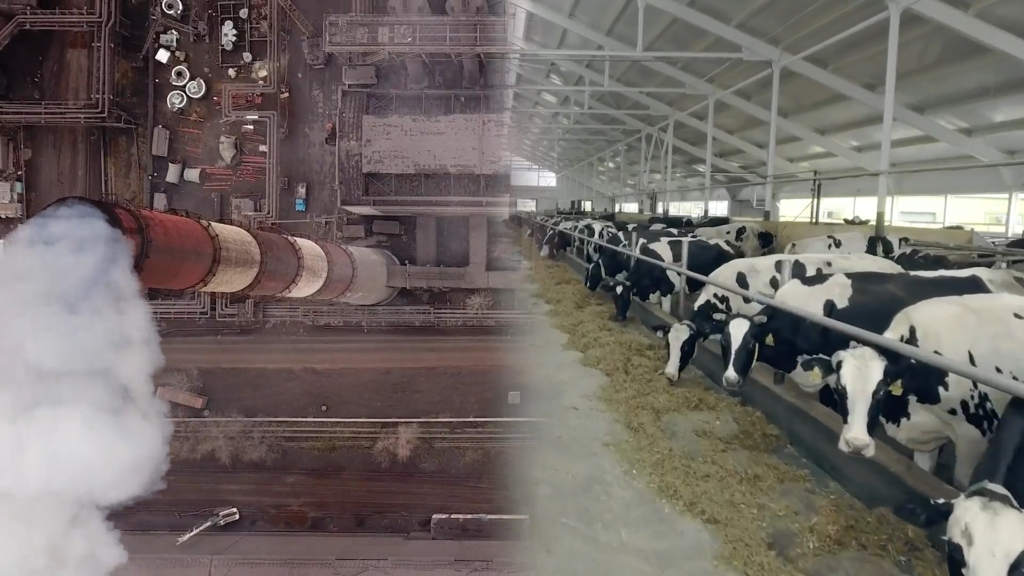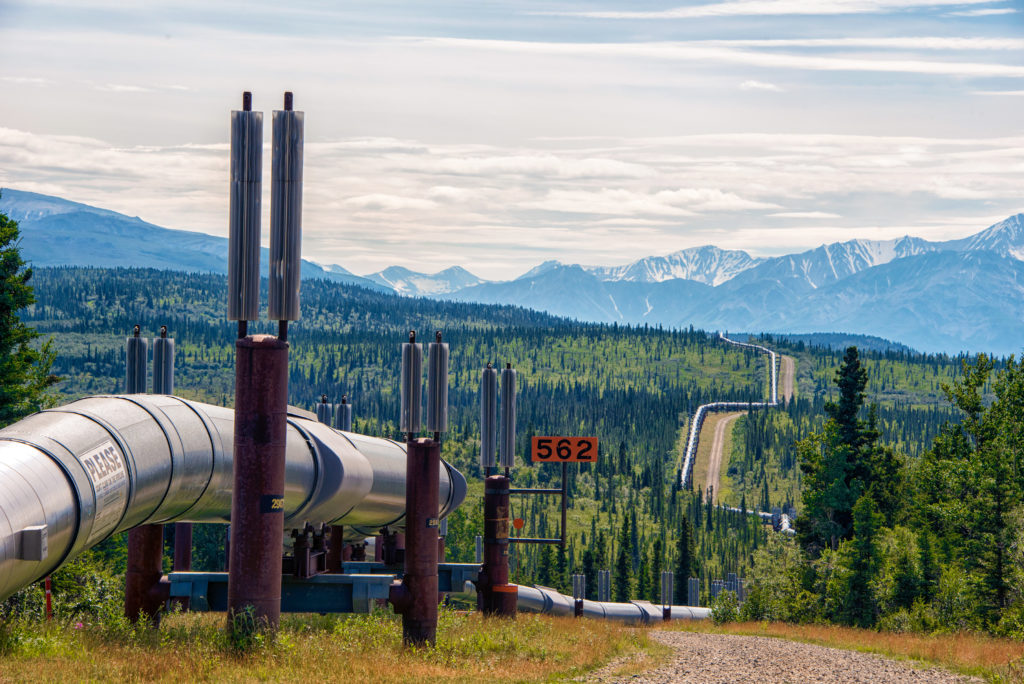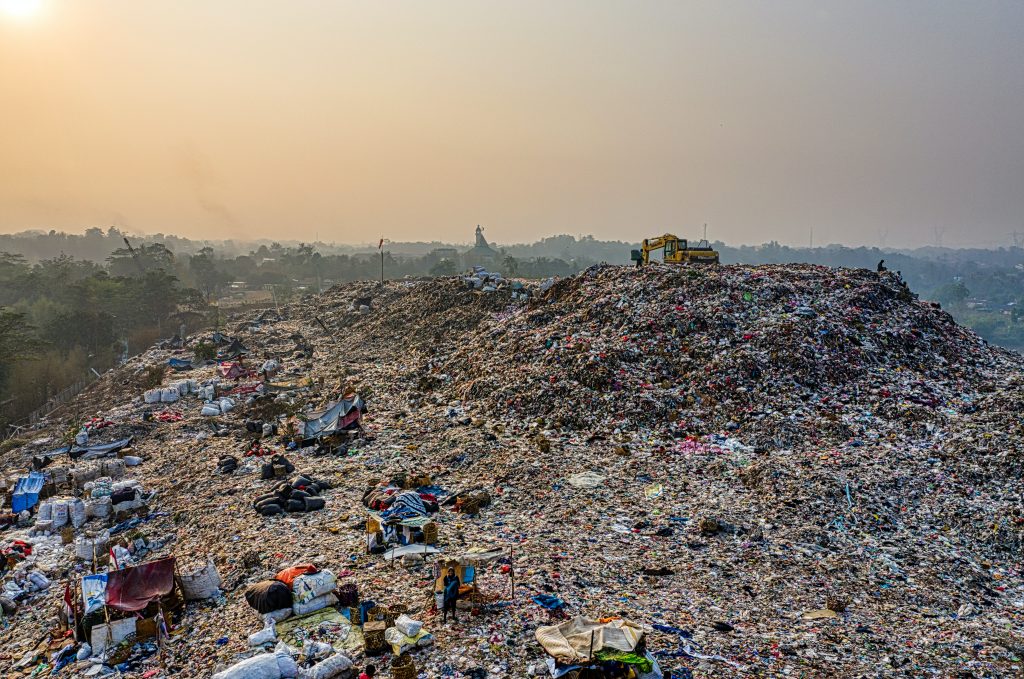Ozak Esu
Viewing 10 of 10 Video Episodes


Mini Explainer Series Ep 5
CO2-equivalent explained
In this mini explainer video, we break down the term CO2-equivalent, and how it is used to compare different greenhouse gases that have different warming potentials and remain in the atmosphere for vastly different periods of time.


Mini Explainer Series Ep 00
Climate Now Trailer
Who is Climate Now? Climate Now is an educational multimedia platform that produces expert-led, accessible, in-depth podcast and video episodes addressing the climate crisis and its solutions, explaining the science, technologies and key economic and policy co


Technologies Ep 8
Wind Energy
In order to reach global net-zero emissions by the middle of the century, modeled pathways project that wind energy will need to be a primary source of electricity, accounting for 19-43% of global electricity production. Today, though, wind produces only 6% of


Technologies Ep 6
Carbon Dioxide Removal: Carbon Capture and Storage, Part II
Carbon Capture and Storage (CCS) has the potential to remove billions of tons of CO2 from the atmosphere annually, which we will likely need to reach global climate targets. In the first of our two-part series on CCS, we explored how carbon capture technol


Technologies Ep 5
Carbon Dioxide Removal: Carbon Capture and Storage, Part I
What if we could remove the carbon we have emitted into the atmosphere? Can we capture our CO2 emissions before they are even released? In Part I of our two-part Carbon Capture and Storage series, our host Dr. Ozak Esu and two internationally-recognized carbon


Technologies Ep 3
Building stars on Earth: the potential of nuclear fusion
Energy from nuclear fusion has the potential to cleanly and safely power the world. But, when do fusion experts expect this to happen? What technical challenges must be overcome before we can power our homes using fusion energy? Which technologies are lead


Technologies Ep 2
Clean Fuel: Jet Fuel
Aviation is responsible for 2.5% of global greenhouse gas emissions, though this figure is expected to grow as developing parts of the world become wealthier and increase demand for air travel. Experts have looked to sustainable aviation fuel (SAF) to decrease


Technologies Ep 1
Clean Fuel: Hydrogen Fuel
Hydrogen is uniquely qualified as a storage of clean energy because it is abundant – the most abundant element in the universe – and it can be produced using renewable energy. When consumed in a fuel cell, its only byproduct is water, making it


A Climate Change Primer Ep 2
How dirty are we?
Global greenhouse gas emissions reached a staggering 52 gigatons of CO2-warming equivalent in 2020. Our episode puts this number into historical context, parses our global emissions by country and economic sector, and delves into the key economic and demographic drivers of emissions worldwide.


A Climate Change Primer Ep 1
How we know it’s happening
How do we know the climate is changing? How do we know that change is being caused by human activities? Climate Now video hosts Ozak Esu and James Lawler delve into the science that answers these questions with MIT climate scientist Kerry Emanuel.